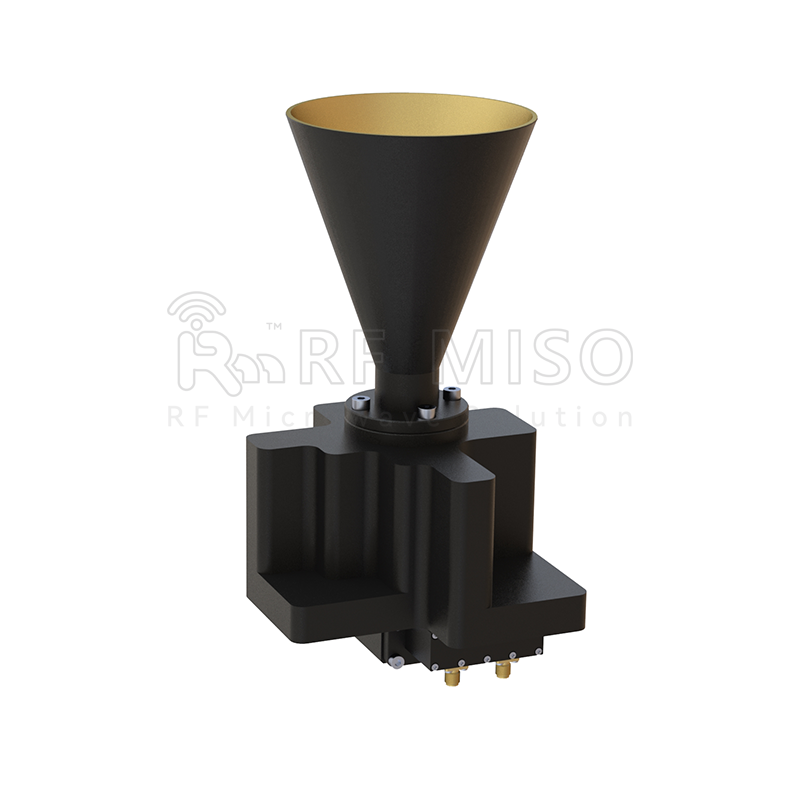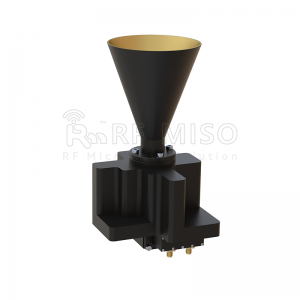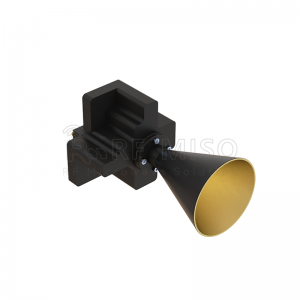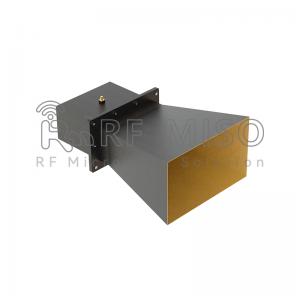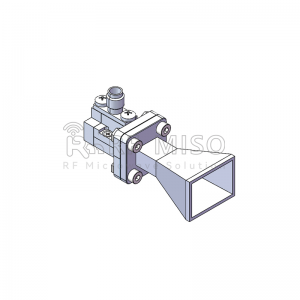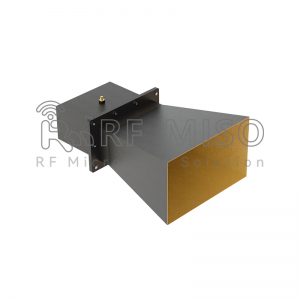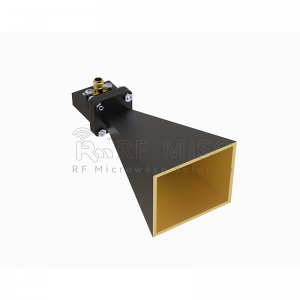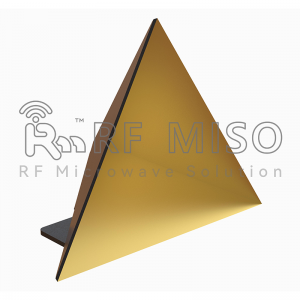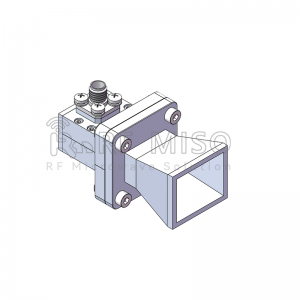Features
● Coaxial Adapter for RF Inputs
● High Gain
● Strong Anti-interference
● High Transfer Rate
● Dual Circular Polarized
● Small Size
Specifications
|
RM-DCPHA105145-20 |
||
|
Parameters |
Typical |
Units |
|
Frequency Range |
10.5-14.5 |
GHz |
|
Gain |
20 Typ. |
dBi |
|
VSWR |
<1.5 Typ. | |
|
Polarization |
Dual-Circular-polarized |
|
|
AR |
1.5 |
dB |
|
Cross polarization |
>30 |
dB |
|
Port Isolation |
>30 |
dB |
|
Size |
209.8*115.2*109.2 |
mm |
|
Weight |
1.34 |
kg |
Propagation line-of-sight of ultrashort wave and microwave
Ultrashort waves, especially microwaves, have high frequencies and short wavelengths, and their ground surface waves attenuate quickly, so they cannot rely on ground surface waves for long-distance propagation.
Ultrashort waves, especially microwaves, are mainly propagated by space waves. Simply put, a space wave is a wave that propagates in a straight line within space. Obviously, due to the curvature of the earth, there is a limit line-of-sight distance Rmax for space wave propagation. The area within the farthest direct-sight distance is customarily called the lighting area; the area beyond the limit direct-sight distance Rmax is called the shadow area. It goes without saying that when using ultrashort wave and microwave for communication, the receiving point should fall within the limit line-of-sight distance Rmax of the transmitting antenna.
Affected by the radius of curvature of the earth, the relationship between the limit line-of-sight distance Rmax and the height HT and HR of the transmitting antenna and receiving antenna is: Rmax=3.57{ √HT (m) +√HR (m) } (km)
Considering the refraction effect of the atmosphere on radio waves, the limit line-of-sight distance should be corrected to Rmax = 4.12{√HT (m) +√HR (m)}(km) Since the frequency of electromagnetic waves is much lower than that of light waves, the effective propagation of radio waves The direct viewing distance Re is about 70% of the limit direct viewing distance Rmax, that is, Re = 0.7 Rmax.
For example, HT and HR are 49 m and 1.7 m respectively, then the effective line-of-sight distance is Re = 24 km
-
Broadband Horn Antenna 9dBi Typ. Gain, 0.7-1GHz...
-
Standard Gain Horn Antenna 15dBi Typ. Gain, 26....
-
Broadband Horn Antenna 9dBi Typ. Gain, 0.5-0.7G...
-
Broadband Horn Antenna 20 dBi Typ.Gain, 18-50 G...
-
Trihedral Corner Reflector 406.4mm,2.814Kg RM-...
-
Standard Gain Horn Antenna 10dBi Typ. Gain, 11....






